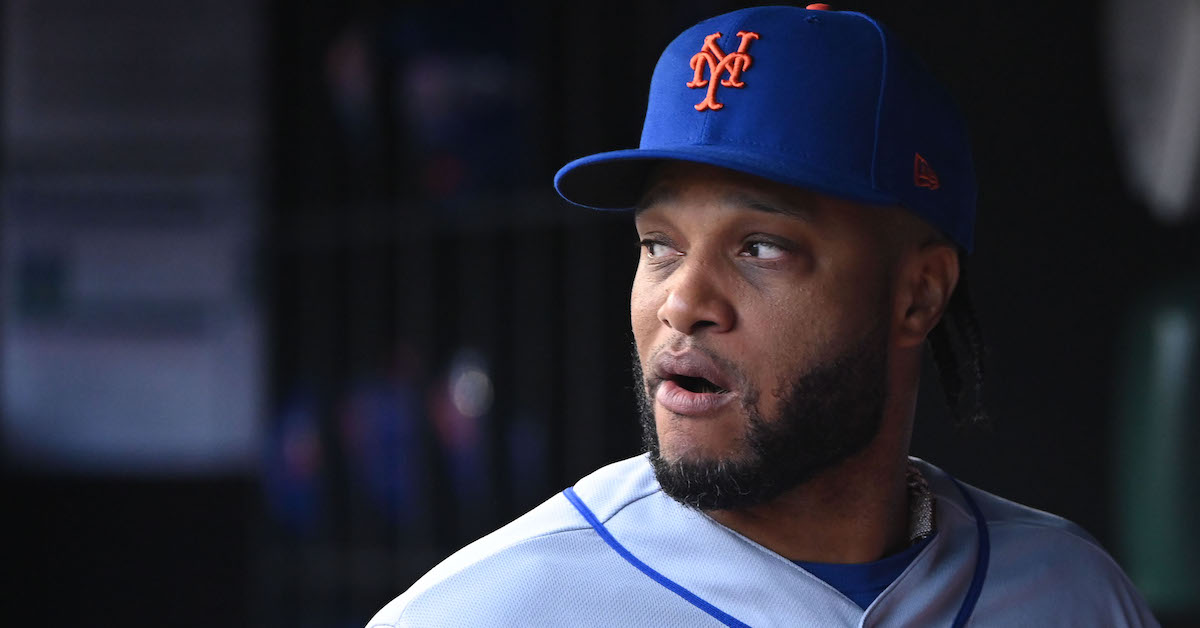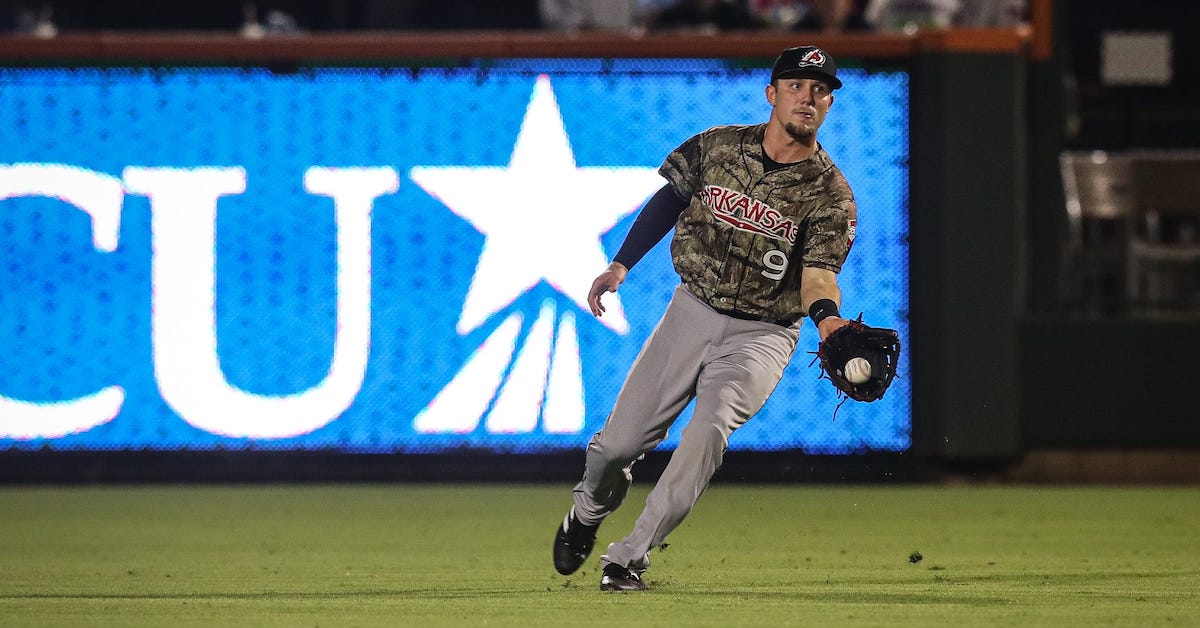Effectively Wild Episode 1849: When the Whiff Hits the Fan

Ben Lindbergh and Meg Rowley banter about a wave of baseball ads for cryptocurrencies and NFTs coinciding with crashes in the crypto and NFT markets, injuries to Bryce Harper and Clayton Kershaw, the dominance of the Dodgers, Yankees, and (especially of late) Astros, the early NL West race, Robinson Canó getting a job as Jarred Kelenic loses one, the Mariners’ player development and the franchise’s future, the managerial line of succession and an unlikely player-manager scenario, and Devin Williams and the limits of effective wildness, plus three “How can you not be pedantic about baseball?” terminology questions about describing scoring and strikeouts and recalling players, and a few closing followups.
Audio intro: Joan Armatrading, “Down to Zero”
Audio outro: The Byrds, “Take a Whiff on Me”
Link to story about crypto sell-off
Link to story about crypto/NFT crash
Link to more on the crypto/NFT crash
Link to luna crash explainer
Link to Nationals tweet
Link to Ad Age story about Nats tweet
Link to Marlins NFT press release
Link to MLB/MLBPA NFT press release
Link to MLB’s Gehrig NFT
Link to Ohtani crypto press release
Link to Harper injury news
Link to Kershaw injury news
Link to fun fact about Astros
Link to Jay Jaffe on Yankees homers
Link to BaseRuns records/run differential
Link to Jay on the Canó signing
Link to Kelenic news
Link to Mariners prospect list
Link to EW email questions database
Link to effectively wild pitchers spreadsheet
Link to 2018 story about emergency goalie
Link to 2018 episode about emergency goalie
Link to FanGraphs on emergency catcher rules
Link to SI on emergency catcher rules
Link to Ohtani prankster story
![]() Sponsor Us on Patreon
Sponsor Us on Patreon
![]() Subscribe to Stathead (Code: WILD20)
Subscribe to Stathead (Code: WILD20)
![]() Facebook Group
Facebook Group
![]() Effectively Wild Wiki
Effectively Wild Wiki
![]() Twitter Account
Twitter Account
![]() iTunes Feed (Please rate and review us!)
iTunes Feed (Please rate and review us!)
![]() Get Our Merch!
Get Our Merch!
![]() Email Us: podcast@fangraphs.com
Email Us: podcast@fangraphs.com
Podcast (effectively-wild): Play in new window | Download
Subscribe: RSS






